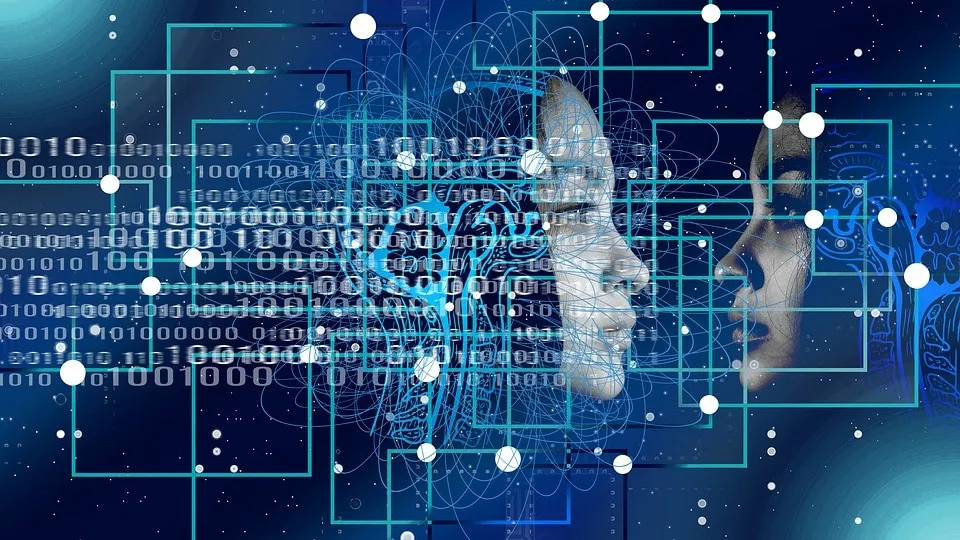Engineering Day 2024: The Transformation of Engineering Education Through AI, IoT, and Data Science

The Evolution of Engineering Education
Engineering Day 2024 highlights the necessity for an evolution in how engineering curricula integrate technologies like AI, IoT, and data science. In a world increasingly driven by Industry 4.0, educational institutions must enhance their programs to prepare graduates who are ready for the challenges of modern industries.
Narrowing the Skills Gap
Girija Kolagada, VP of Engineering at Progress Software, emphasizes that often academic curricula fall short in keeping pace with technological advancements, depriving students of crucial skills needed in the workforce. To bridge this gap, the incorporation of emerging technologies in academic programs is essential.
Collaboration Between Academia and Industry
Kartik Ayalh, Director at MassMutual, underlines the significance of partnerships between universities and industries. These collaborations help ensure that curricula align with current market needs, allowing students to gain the hands-on experience necessary for impactful careers.
The Role of AI and GenAI in Engineering Education
Biju Davis, SVP of Engineering at Model N, points out that Generative AI (GenAI) is redefining the approach to innovation in engineering. Students must learn to utilize AI-driven tools that enhance productivity and accelerate the integration of solutions in various sectors, especially healthcare.
Preparing 'T-Shaped' Professionals for Industry 4.0
Rohit Nichani, President at Encora, advocates for developing 'T-shaped' professionals who not only excel in their core disciplines but also possess a broad understanding of adjacent technologies. This holistic approach ensures engineers are well-equipped to handle complex, interconnected challenges in a technologically advanced ecosystem.
This article was prepared using information from open sources in accordance with the principles of Ethical Policy. The editorial team is not responsible for absolute accuracy, as it relies on data from the sources referenced.